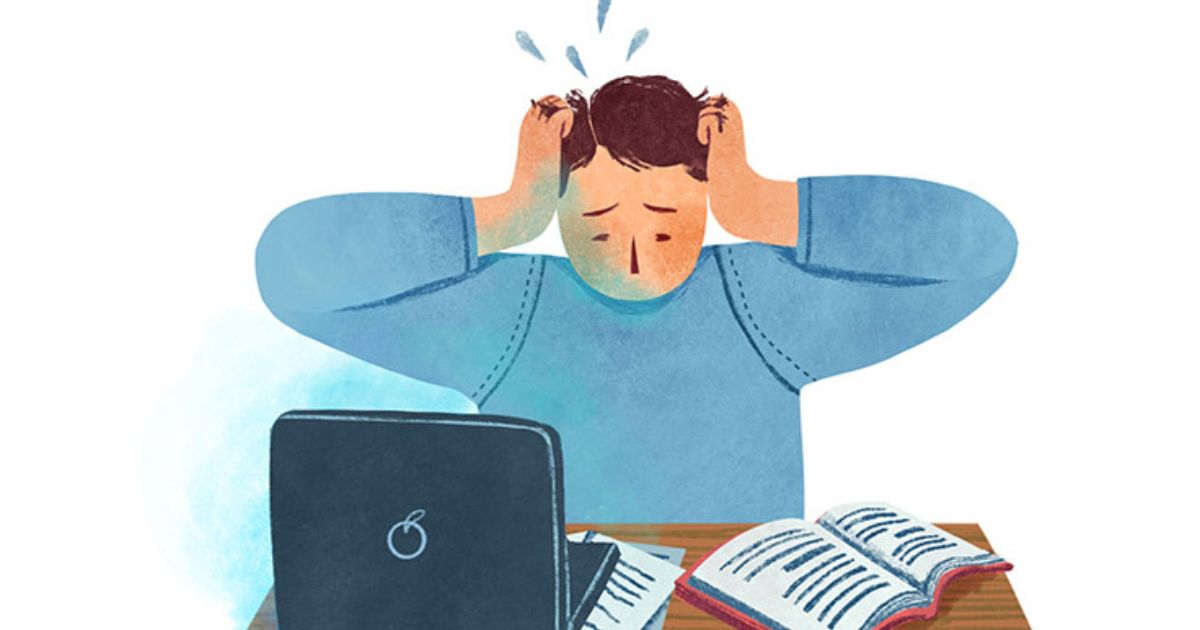In recent times, an alarming trend has emerged on social media platforms like TikTok, shedding light on the tumultuous aftermath of relationships with narcissists. Individuals are capturing and sharing moments when their ex-partners.
While the videos gain traction for their shock value, mental health professionals are now delving into the underlying causes of relationship abuse and the implications of these narcissist meltdowns.
The Rise of Narcissist Tantrum Videos And Relationship Abuse
The phenomenon has caught the attention of mental health experts, prompting discussions on the prevalence of narcissistic behavior and its impact on those involved in such relationships.
TikTok, a platform dominated by users aged 18-34, has become a prominent space for sharing these narratives. In a video garnering over 20 million views, a user captured their fiance’s reaction after allegedly confessing to impregnating someone else.
Other videos depict partners exhibiting extreme behaviors, such as sitting fully clothed in the shower or following their partners against their wishes.
Understanding Narcissistic Tantrums
Insider spoke with licensed clinical social worker Leah Aguirre to gain insights into the psychology behind narcissistic tantrums. Aguirre explains that narcissists resort to tantrums when they feel cornered, particularly when discrepancies in their statements are pointed out.
As individuals who thrive on maintaining an inflated ego, being challenged can trigger an outsized and irrational reaction. For those witnessing these tantrums, the experience can be both bewildering and distressing.
Aguirre emphasizes that individuals in relationships with narcissists often feel helpless, leading them to appease or agree to avoid further escalation.
The fear of challenging the narcissist and the nonsensical nature of their tantrums can create a cycle of abuse, perpetuating the dynamic for extended periods. The manipulation through tantrums becomes a tool for narcissists to control and maintain power within the relationship.
While the videos depict extreme behaviors associated with narcissism, Aguirre clarifies that true narcissistic personality disorder (NPD) is relatively rare. She points out that labeling everyone around as narcissistic oversimplifies the complex spectrum of personality disorders.
True narcissism involves traits like the need for excessive praise and extreme competitiveness, which not everyone exhibiting tantrum-like behaviors possesses.
Aguirre emphasizes that terms like “narcissism” are sometimes used to describe emotionally immature behavior, where certain qualities may overlap with narcissistic traits but still involve some level of empathy.
Recognizing the nuances in various personality disorders is crucial, as individuals might exhibit similar behaviors due to complex trauma and childhood abuse, which are not exclusive to NPD.
The prevalence of these videos among younger generations suggests a shifting tolerance for manipulative and abusive behaviors. Aguirre notes that her Gen Z clients are less tolerant of such behaviors, contributing to the outspoken nature of sharing these experiences online.
TikTok becomes a platform for disseminating information on identifying abusive relationships, addressing a significant issue as statistics indicate a substantial percentage of individuals experiencing stalking or violence from romantic partners.
In conclusion, the viral trend of documenting narcissist tantrums reflects a growing awareness of abusive relationship dynamics, particularly among younger demographics. Mental health professionals stress the importance of understanding the complexities of narcissistic behavior, differentiating true NPD from emotionally immature traits, and fostering a culture that rejects manipulative and abusive tendencies in relationships.
As these narratives continue to surface on social media, there is hope that increased awareness will empower individuals to recognize and address toxic relationship dynamics.








Leave a Reply
You must be logged in to post a comment.